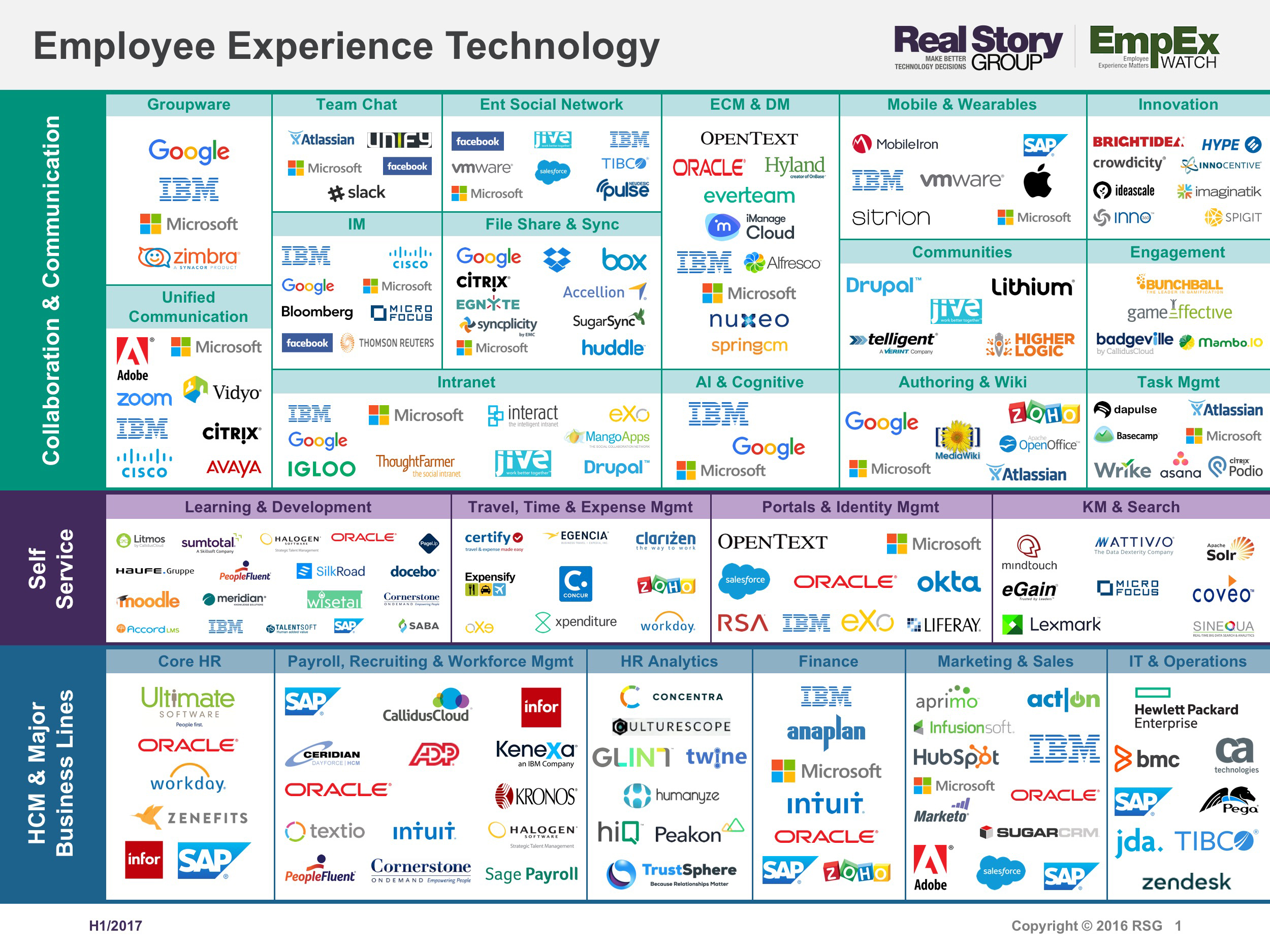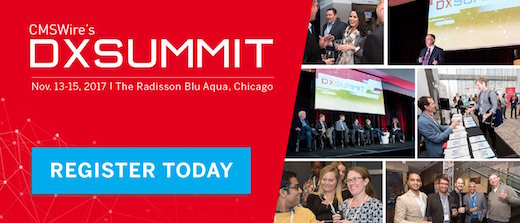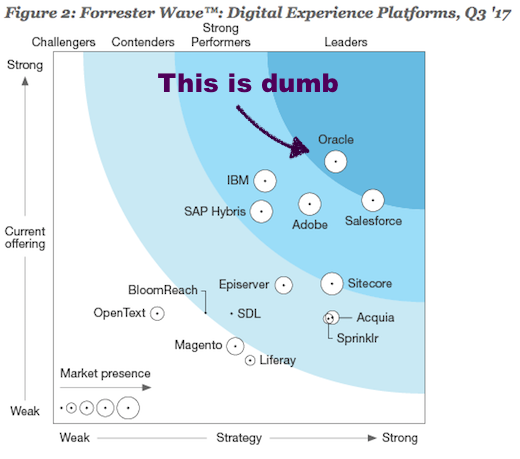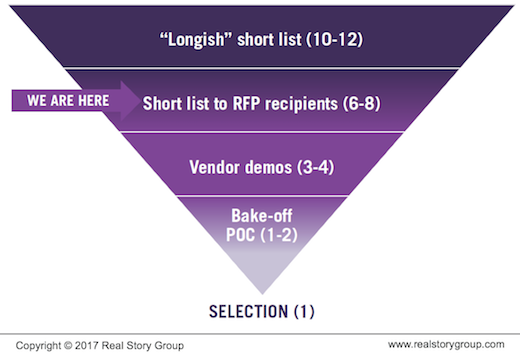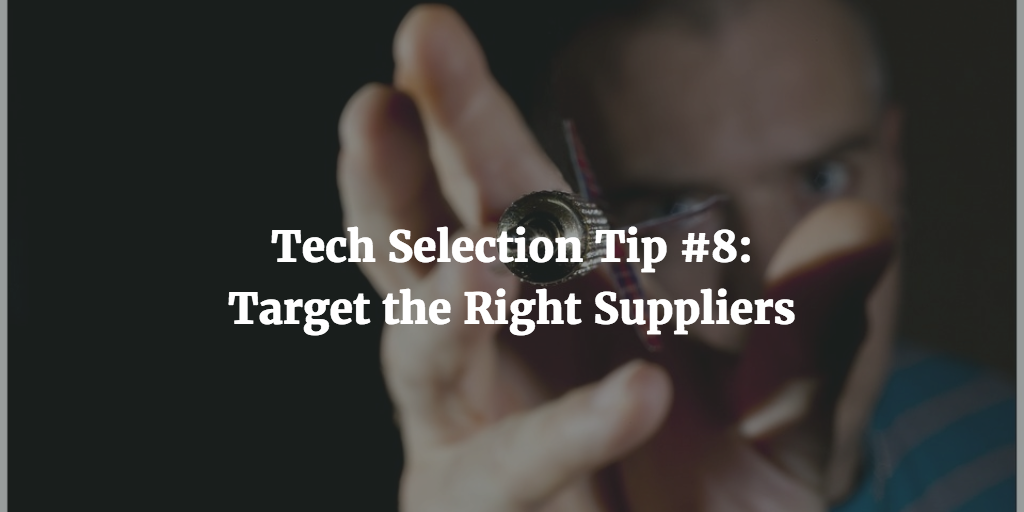eXo merges with JBoss - a game changer?
In the past week two open source portal initiatives decided to merge efforts: going forward eXo will now be a part of the Red Hat JBoss Portal. It's a significant announcement but not one that is really going to rock the enterprise portal buyers world.
Let's first consider the positive implications: eXo will gain an audience outside of Europe. And the JBoss Portal will have some nice new applications (content management, collaboration etc) to add to what was a fairly sparse framework.
As with any merger, the details could become inconvenient for existing licensees.
However, I have bigger doubts that Red Hat will really make the most of the opportunity, and I wonder if the likely outcome of the merger is really what buyers and implementers are even looking for in 2009. It is a merger that makes sense for eXo but maybe not so much for those in need of an enterprise portal.
If we exclude MySQL from the discussion, JBoss (acquired by Red Hat in 2006) and Red Hat, are by far the two biggest vendor names in the open source world. They are the names that come up most often in enterprise procurement discussions as alternatives to the likes of IBM and Oracle. Be it the Application Server, BPM, Directory Services, or indeed their own longstanding version of the Linux operating system -- RedHat and JBoss are synonymous with open source for the enterprise.
But the JBoss Portal has never really figured in that equation. What should have been a direct competitor to IBM WebSphere and the Oracle WebSuite and WebLogic portals, was seldom seen in action. And adding some functionality to the product is unlikely to really change that situation.
I am not favoring commercial systems such as those from Oracle or IBM over commercial open source systems such as Red Hat. In fact, buyers deserve a truly level playing field from which to chose from, but currently that is not the case.
In fairness to the open source community, it's not for lack of trying. Just in the past year the Liferay open source project hooked up with an enterprise-level vendor (Sun Microsystems), only to see what looked like a very promising and competitive product emerge (GlassFish), and be then thrown into doubt after Sun's agreement to be acquired by Oracle. Who knows how that one may resolve itself.
Red Hat now has an opportunity to fill that gap, and to give enterprise buyers a more competitive open source option. But the only way to do that is to build a truly enterprise-level portal framework, not by adding new widgets. The problem before wasn't a lack of functional bells and whistles. it was a lack of direction and depth. Merging with eXo doesn't in itself fix that.
Of course, it's not my job to advise vendors, it is to advise buyers. My current advice to buyers has to be to tread with extreme caution in the world of enterprise portals. As subscribers to our Enterprise Portal research well know, with Oracle now effectively owning 5 of the 12 major portal offerings and somehow attempting to make sense of them, IBM on the verge of a major upgrade, Vignette acquired by Open Text, SAP losing almost complete interest in the space, and open source alternatives either falling short or themselves going through a period of upheaval, it is a market that is full of treacherous waters to navigate.




